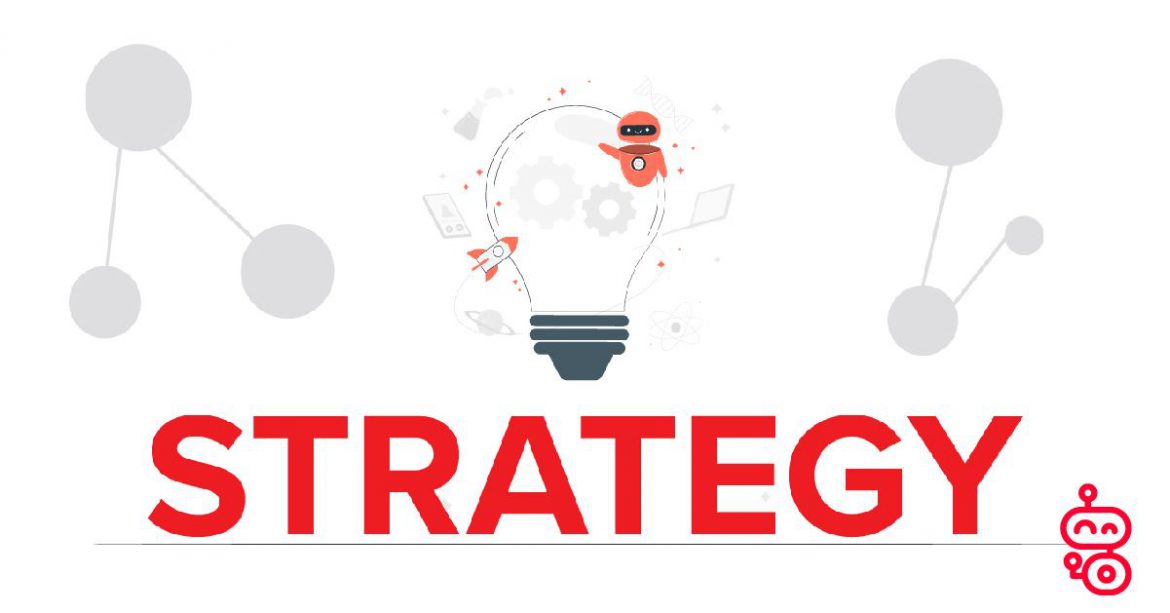Sequencing Content for E-Commerce Businesses with Klaviyo and Shopify: A Smooth Integration with Robotic Marketer
In e-commerce, delivering the right message at the right time is essential for driving customer engagement and sales. This is where content sequencing – strategically planning and delivering content based on customer behavior and preferences – comes into play. E-commerce businesses using ...
Decoding Kanye West’s Marketing Strategy: Lessons for Success
Kanye West, known for his groundbreaking music and bold persona, made headlines with his unique marketing strategy during the Super Bowl. By advertising his products during the event and pricing them at $20 each, he generated a staggering $20 million in sales within days. Let’s systematically ...
How is AI reshaping marketing and sales?
The analysis of large amounts of data is a very common practice in sales and marketing. All this can be achieved by an AI, which means considerable timesaving. A survey by SEMrush found that 53% of marketers use AI for data analysis, which is the most common use case for AI in marketing. We can ...
The low-down on how to set sales and marketing objectives
Any business intending to expand sales and clientele must set marketing and sales objectives. The achievement of business goals and long-term success is guaranteed by having a clear and detailed marketing strategy. Yet it can be challenging to decide what those objectives should be or how to ...
Why Marketing is Not Sales
Often used interchangeably Sales and Marketing are two aspects of business that are intrinsically linked, yet at the same time, both very different. Failure to understand the difference will be to your business’s detriment.
What Are The Differences Between Sales & Marketing – And How To Align Them
The two words “sales” and “marketing” are often used interchangeably in a business environment. But do you know they carry very different goals and functions?
How To Know If Your Marketing And Sales Teams Aren’t Aligned
Source: Marketing Eye Atlanta Sales enablement is the practice of aligning your sales and marketing efforts to generate leads and convert them to sales. While both departments have similar goals, they each take a different method to accomplish these goals. Companies that experience misalignment ...
3 Tools to Measure Brand Awareness and Why You Should
Source: Jeff Bullas Every brand wishes to become famous. Well, every entrepreneur, business owner, and marketer wishes for its brand to become famous. But as you might guess, popularity doesn’t happen overnight. Not for brands. They don’t wake up famous; instead, slowly and steadily, they grow ...












